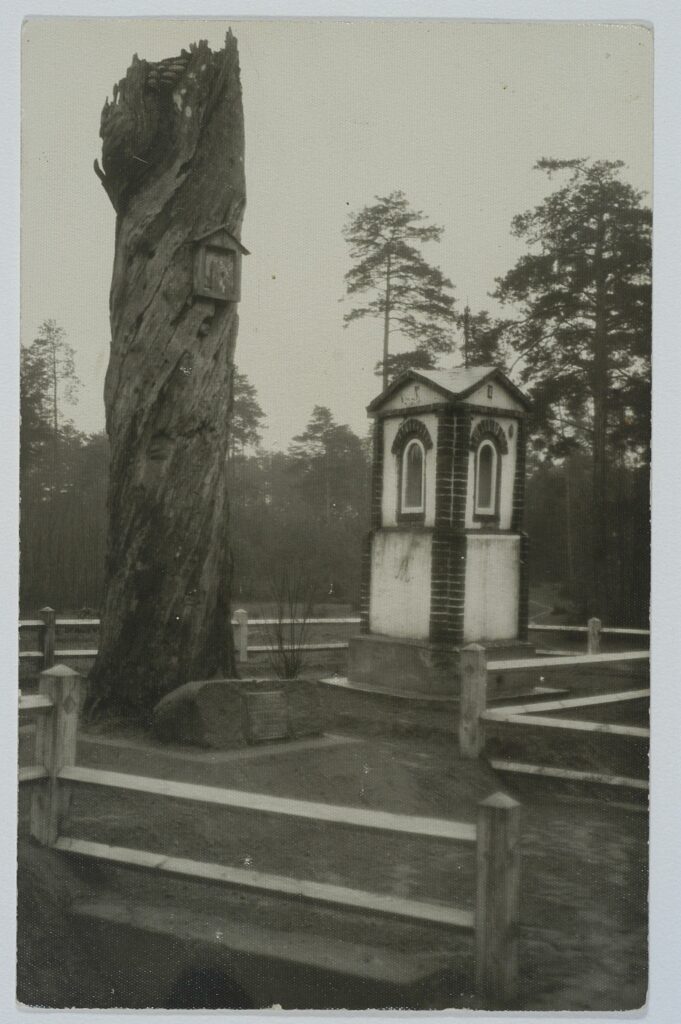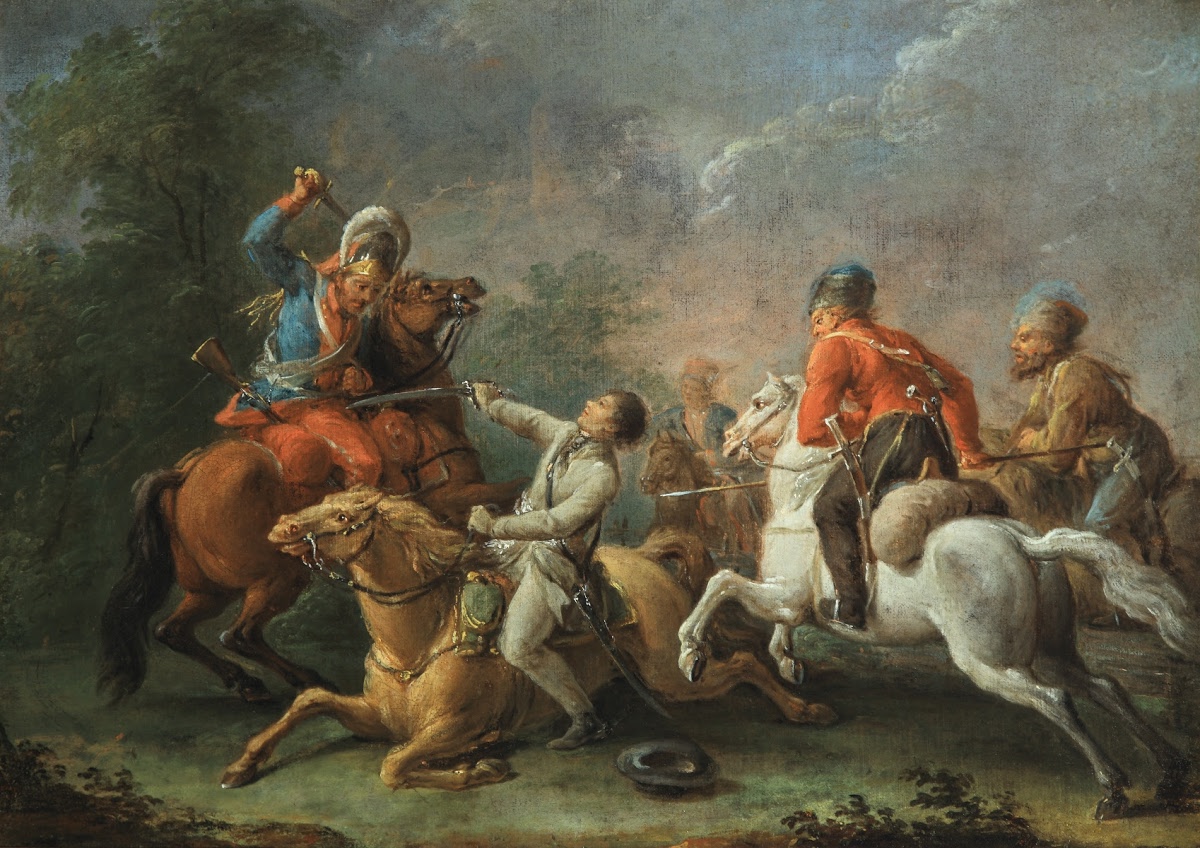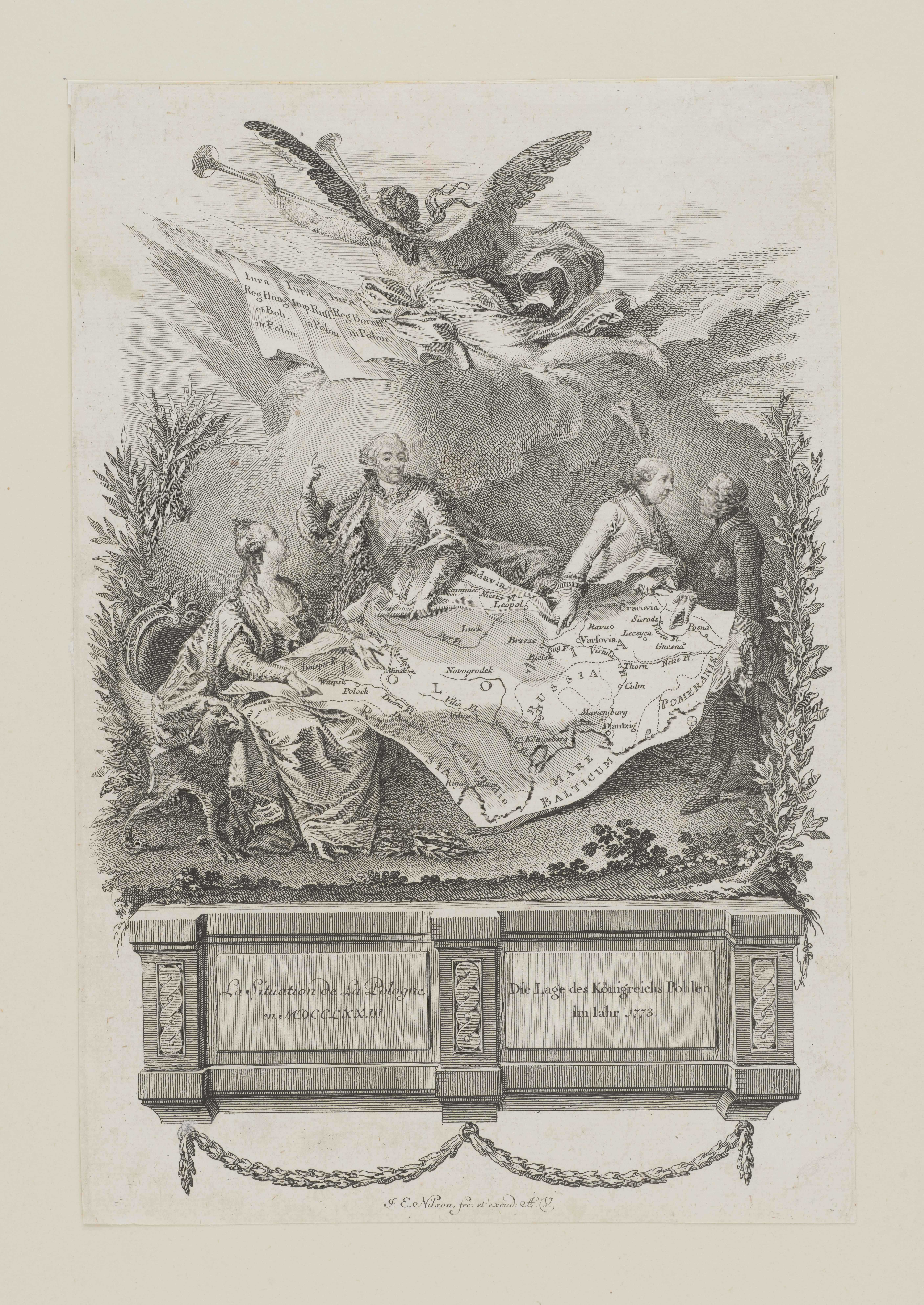
The Battle of Maciejowice – Maciejowice
Polish figure of the „The myth of national disaster” topic
Internal conflicts among the Polish nobility, excessive concern for maintaining privileges and social inequalities is considered as one of the main reasons for the partitions of the Polish-Lithuanian Commonwealth by the neighbouring Russian Empire, Kingdom of Prussia and Habsburg Monarchy in the second half of the 18th century. Nevertheless, despite animosities, after the second partition it was still possible for the society to unite and organize an uprising – an insurrection, led by the command of General Tadeusz Kościuszko, lasting from March to November 1794.
Despite initial successes, such as the victory in the Battle of Racławice, the uprising was defeated, with its last stage taking place near Maciejowice. The battle occured on October 10, 1794, between Polish and Russian forces. In order to prevent the two units of the Russian army coming from different directions from joining together, Kościuszko planned to defeat each one separately, counting on the support of one of his divisions, which was supposed to soon come to his aid. The battle, like the previous ones, involved the scythe-bearers – soldiers of formations created on the basis of a mass mobilization, often peasants, equipped with combat scythes. Unfortunately, reinforcements reached the battlefield after it had ended. Kościuszko was wounded and imprisoned as a result. The battle symbolized not only the fall of the uprising, but also the end of the First Polish Republic and less than a year after, the last, full partition of Poland took place.
Many of the Polish prisoners were deported – the most prominent leaders were taken to the Petersburg Fortress, while almost 20,000 participants of the insurrection and those suspected of supporting it were exiled deep into Russia. Despite all this, repressions and the defeat of the uprising failed to break the patriotic spirit of the nation. On the contrary – it united people to fight against the invaders since the state perished, but the honour was saved. Many Polish soldiers gathered around General Jan Henryk Dąbrowski, who created Polish Legions in Italy, fighting alongside Napoleon Bonaparte against the Austrian and Russian armies. Insurrection’s echoes also resounded in subsequent rebellions, such as the November and January Uprisings. The Poles understood then that the only chance to get rid of the oppressor should be seen in a difficult and long struggle for independence, and the Kościuszko’s Revolution was only its first stage.
Further reading:
Kadziela Ł., Strybel R., The 1794 Kościuszko Insurrection, ,,The Polish Review” (1994), V. 39, No 4, p. 387-392.
Wereszycki H., Polish Insurrections as a Controversial Problem in Polish Historiography, ,,Canadian Slavonic Papers”(1967), V. 9, No 1, p. 107-121.
Facts




